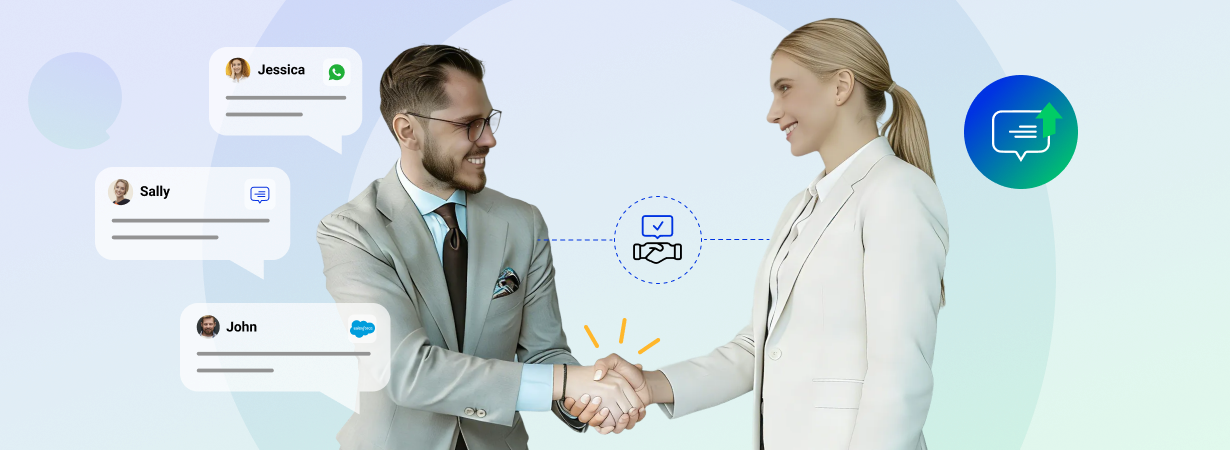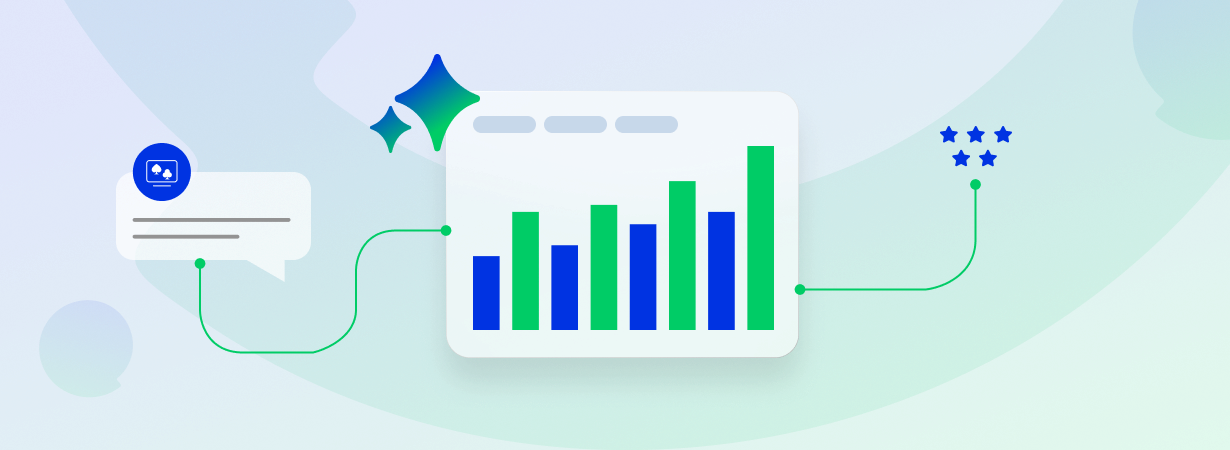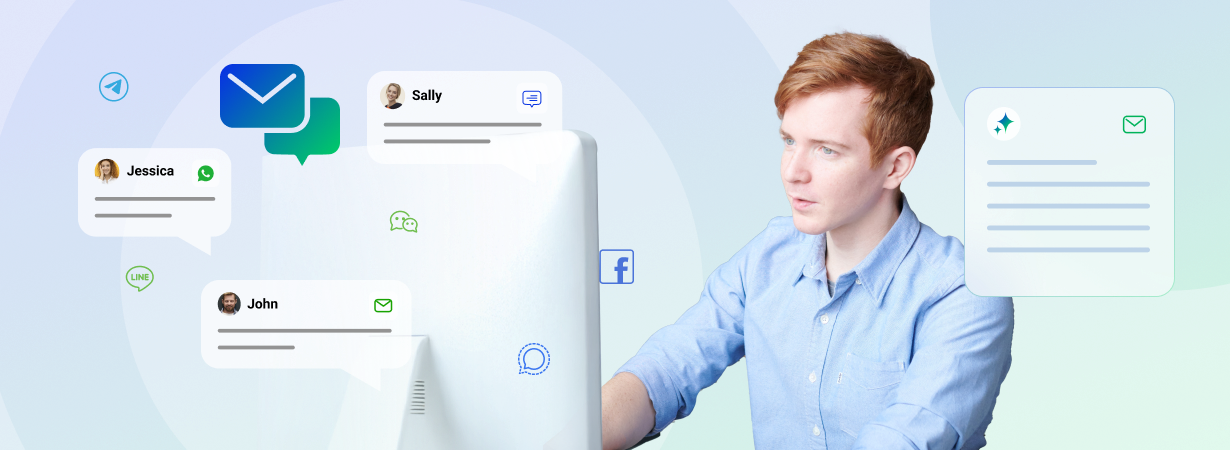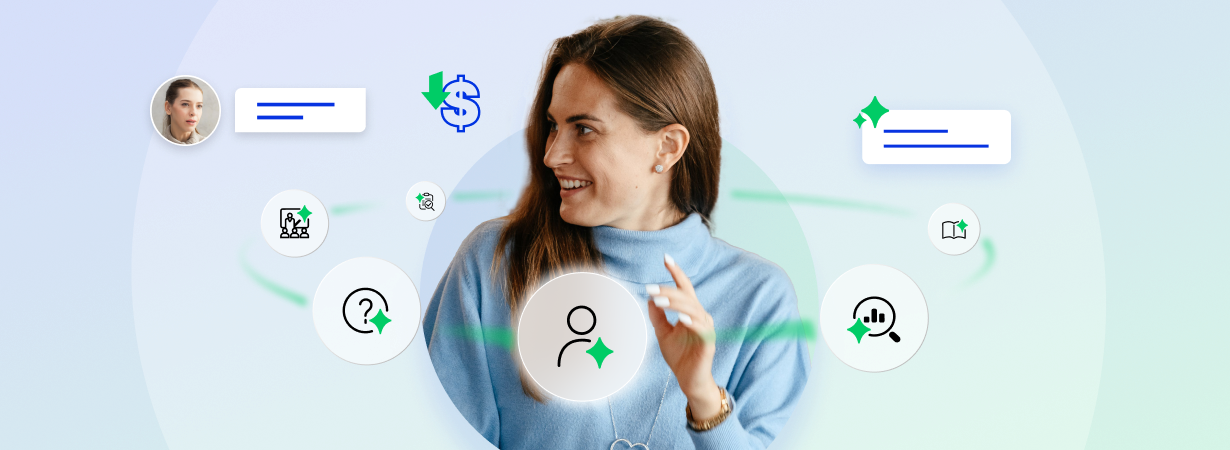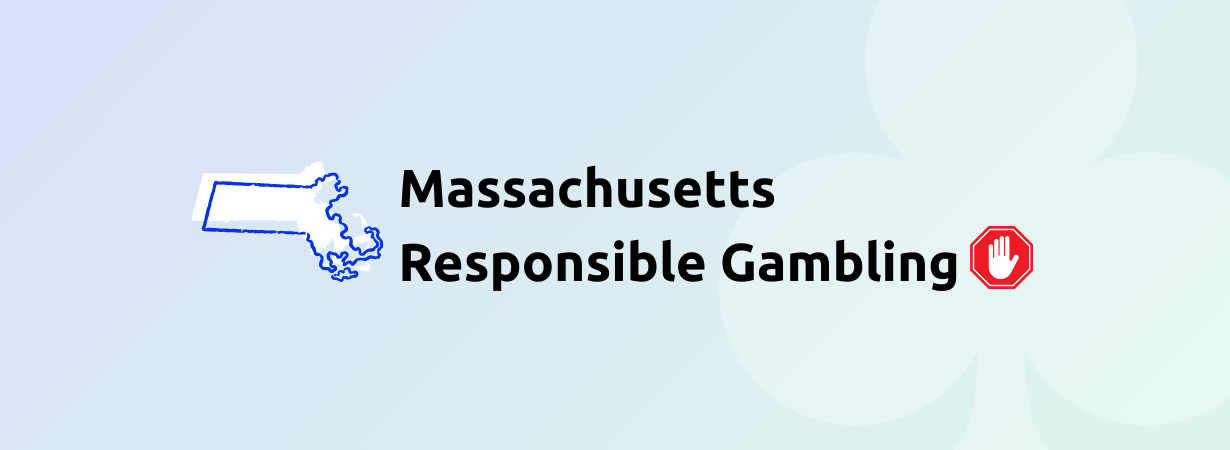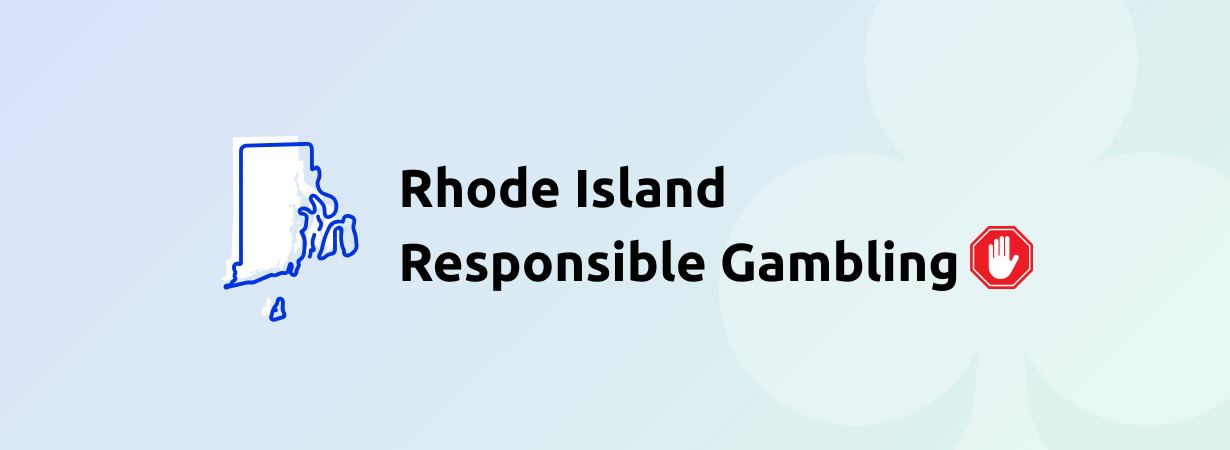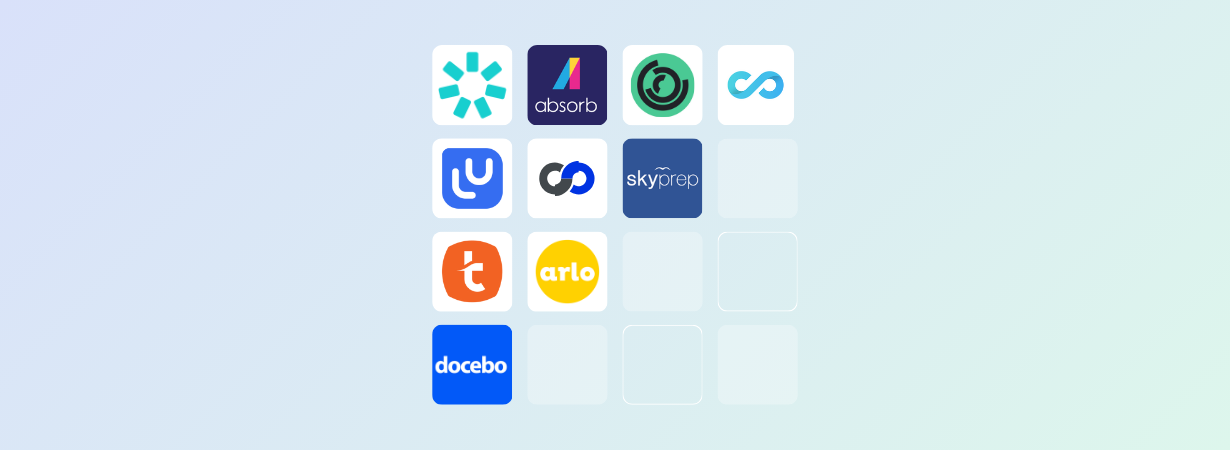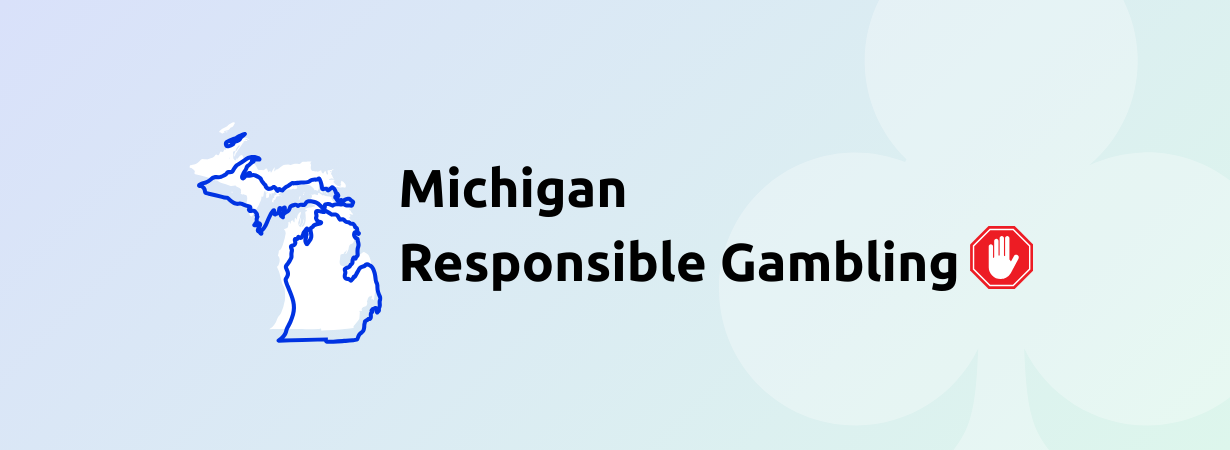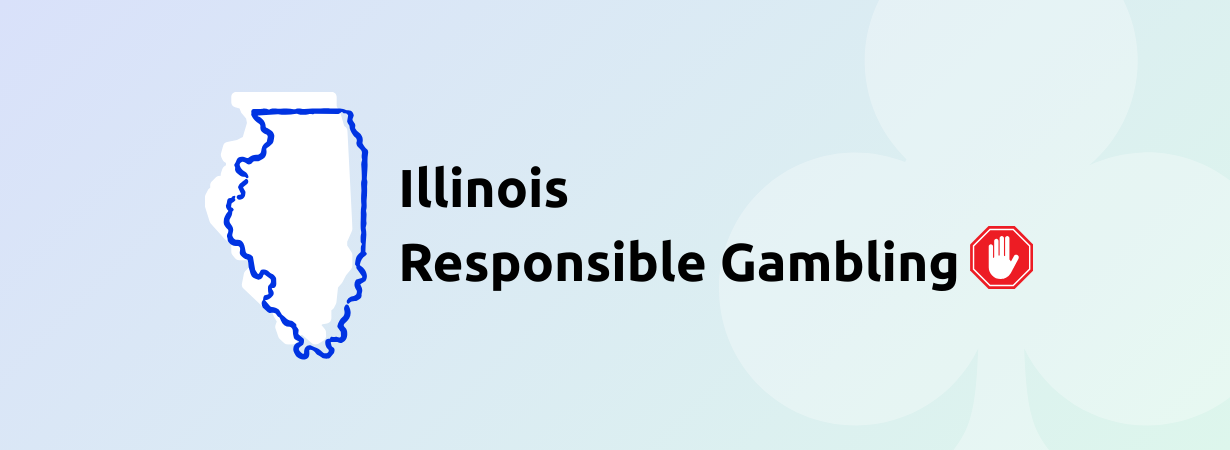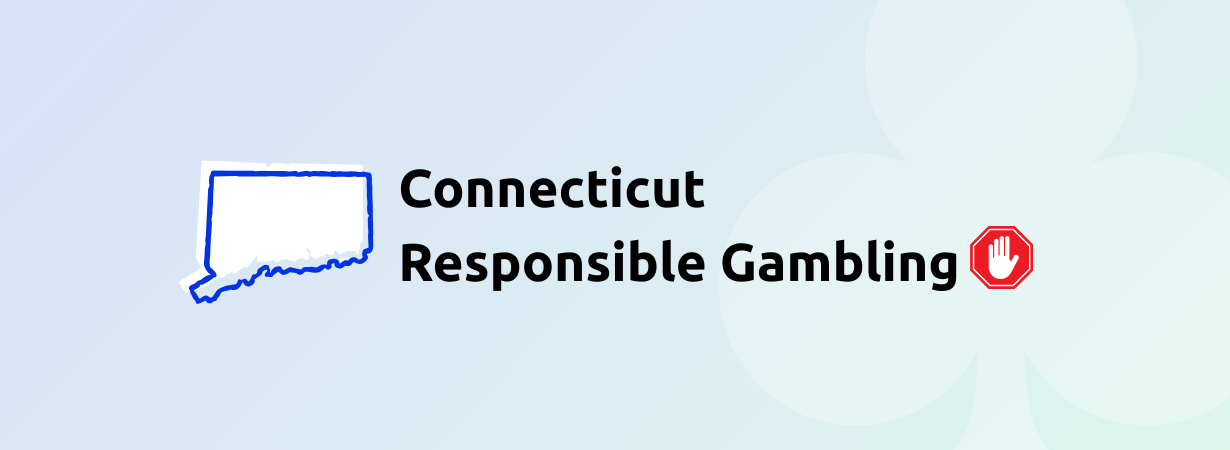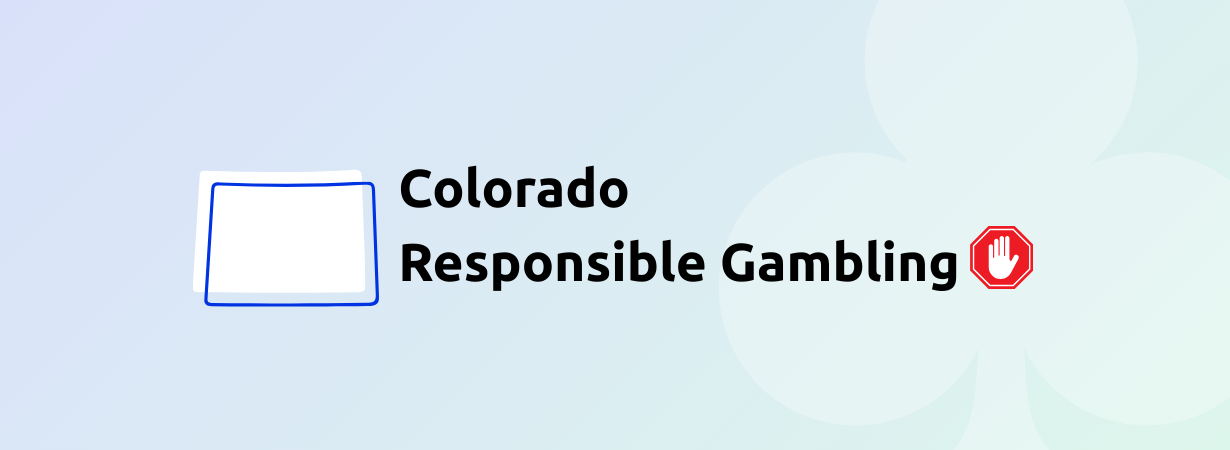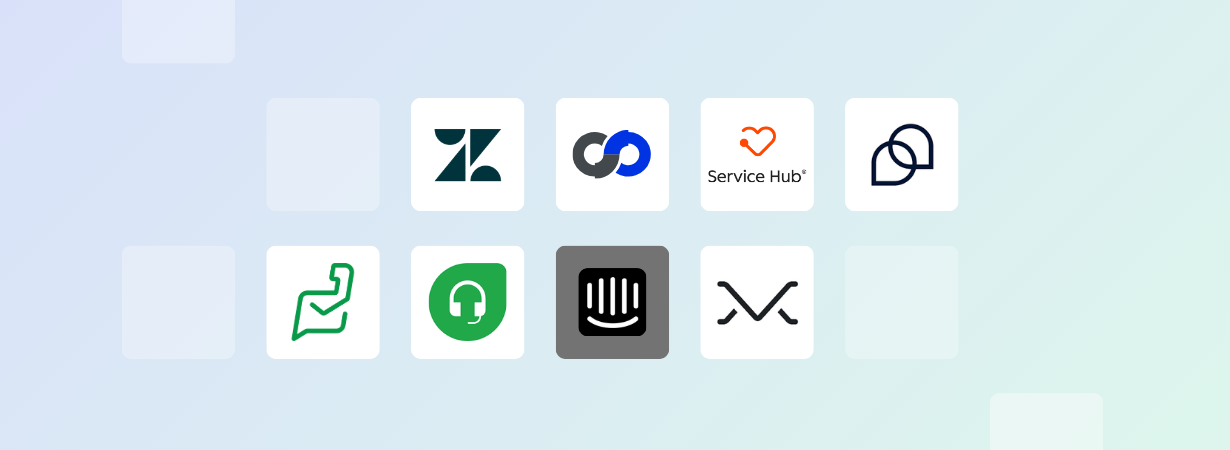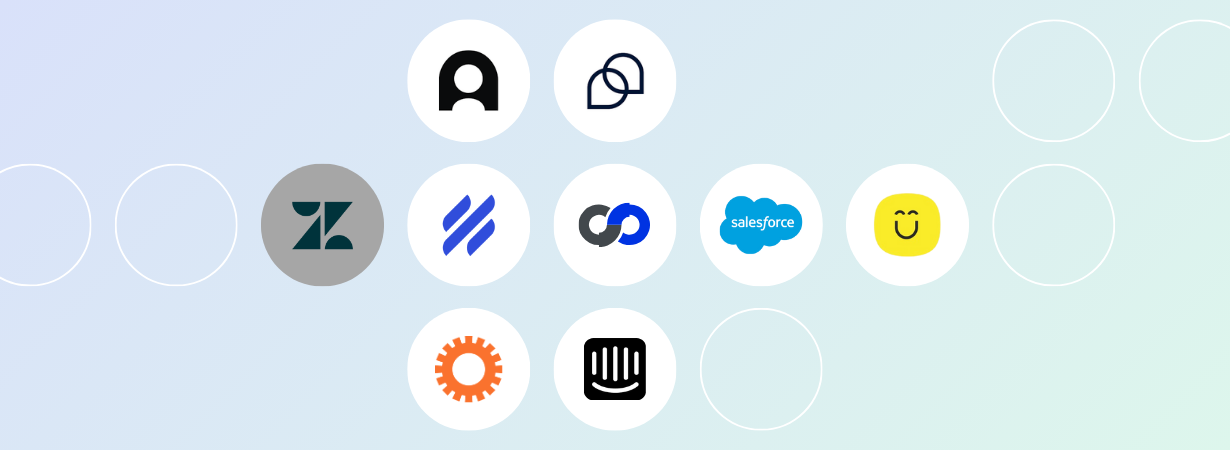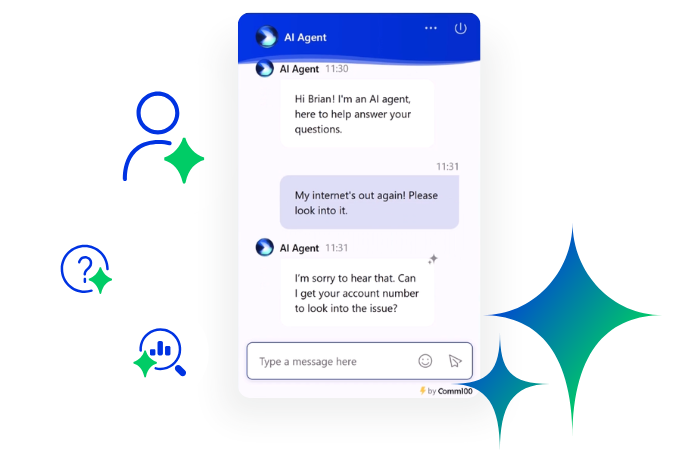Customer experience quality in North America has dropped for an unprecedented third consecutive year, reaching its lowest point since Forrester began tracking it. + Read More
It’s live! Access exclusive 2025 live chat benchmarks & see how your team stacks up.
Get the dataBlog
Featured Posts
The online gambling industry has reached a decision point. Facing higher regulatory costs, increased taxation, and tightening margins, operators are searching for technologies + Read More
Email remains a cornerstone of customer support. Despite the rise of chat, social media, and messaging apps, customers consistently choose email for non-urgent + Read More
Customer expectations have fundamentally shifted in the last few years. Previously, customer support was limited to either the phone or in-person visits. Then + Read More
The best support ticket is the one that never gets created. That principle drives the growing adoption of customer self-service across industries. Rather + Read More
Higher education institutions face a unique challenge: prospective students expect immediate answers while navigating the most significant financial and life decisions they’ve made + Read More
Massachusetts has emerged as a national leader in responsible gambling regulation, combining casino gaming oversight with one of the most comprehensive public health + Read More
Florida’s responsible gambling requirements are defined by a combination of state slot-machine gaming statutes and rules and responsible gambling safeguards included in the + Read More
Rhode Island operates two casinos (Twin River Lincoln, Tiverton) with VLTs, table games, sports betting (Sept 2019), and iGaming (authorized June 2023). Rhode + Read More

Be in the know!
By clicking "Subscribe", you agree to our Privacy Policy.
Companies spend an average of $4,100 per employee on onboarding, per a study by SHRM, yet only 12% of employees think their organization + Read More
Higher education institutions face a convergence of pressures in 2026 that will fundamentally reshape how they operate. Federal funding faces unprecedented cuts. Enrollment + Read More
The world of iGaming is fiercely competitive, with countless platforms vying for players’ attention and loyalty. While attracting new players is essential, the + Read More
Michigan is home to an expansive gaming market that includes traditional casino gaming, a state lottery, horse racing, and both retail and online + Read More
Illinois operates one of the nation’s most expansive gaming markets with 17 casinos, over 36,000 video gaming terminals, and comprehensive sports betting legalized + Read More
Connecticut has a modern, highly regulated gambling framework that covers online casino gaming, retail and online sports wagering, fantasy contests, keno, and online + Read More
Overview Colorado operates a distinct limited gaming market authorized in three historic mountain towns: Black Hawk, Central City, and Cripple Creek. The state’s + Read More
New Jersey operates one of the most comprehensive and mature gaming markets in the United States. The Garden State’s gambling landscape includes Atlantic + Read More
Intercom helped define what modern customer communication looks like. It brought in-app messages, live chat, onboarding flows, and behavioral targeting into one environment + Read More
Zendesk remains a dominant force in customer service software, but its complexity and premium pricing structure drive many businesses to explore alternatives. Whether + Read More
Operators constantly hunt for ways to keep players engaged. They invest in flashy graphics, smoother gameplay, bigger bonuses, and loyalty programs. Yet many + Read More

